In the heartlands of agriculture, where fields stretch as far as the eye can see, a silent revolution is underway. Robots, once confined to science fiction, have become indispensable allies to farmers worldwide. From planting seeds to harvesting crops, these mechanical marvels are reshaping the way we cultivate the land. Join us as we explore the top 9 types of robots leading this agricultural revolution.
1. Autonomous Tractors
Autonomous tractors represent the pinnacle of modern farming technology. Equipped with GPS navigation systems, sensors, and advanced software, these machines can autonomously plough, plant seeds, apply fertilisers, and harvest crops with unparalleled precision.
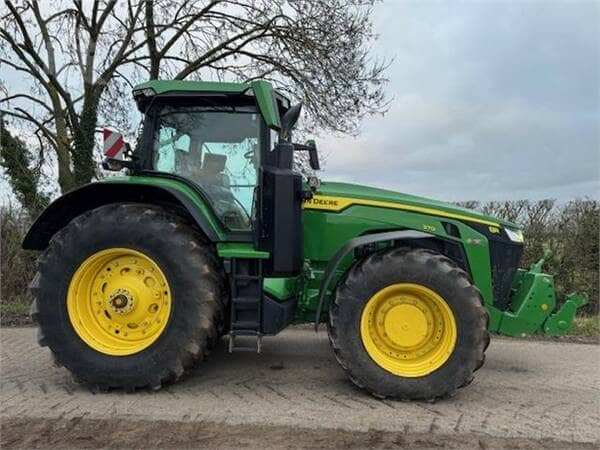
By eliminating the need for human operators, autonomous tractors reduce labour costs, optimize farming practices, and enhance overall efficiency in the field.
2. Harvesting Robots
Gone are the days of manual harvesting under the scorching sun. Harvesting robots have stepped onto the scene, equipped with sophisticated sensors and robotic arms capable of identifying ripe fruits and vegetables and delicately harvesting them from the plants.
Whether it’s apples in orchards or strawberries in fields, these robots ensure optimal timing and minimal damage, revolutionizing the efficiency of crop harvesting operations.
3. Weeding Robots
Weeding robots are the frontline soldiers in the battle against invasive plants. Utilizing advanced machine learning algorithms and high-resolution cameras, these robots can distinguish between crops and weeds with pinpoint accuracy.
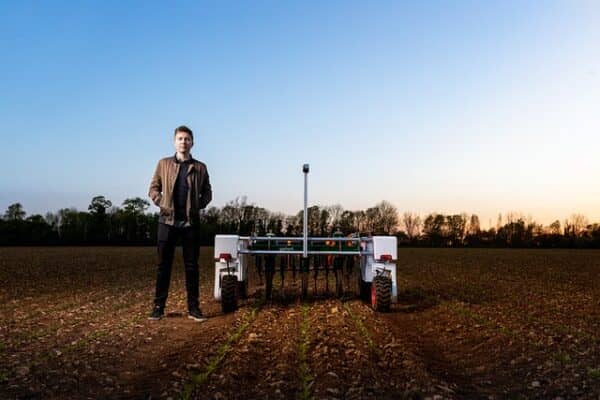
By selectively targeting and removing weeds, they reduce the reliance on herbicides and manual labour, allowing crops to thrive in weed-free environments while minimizing environmental impact.
4. Drone Sprayers
Take to the skies with drone sprayers, the aerial workhorses of modern agriculture. These unmanned aerial vehicles (UAVs) are equipped with precision spraying mechanisms that can apply pesticides, herbicides, and fertilizers to crops with unparalleled accuracy.
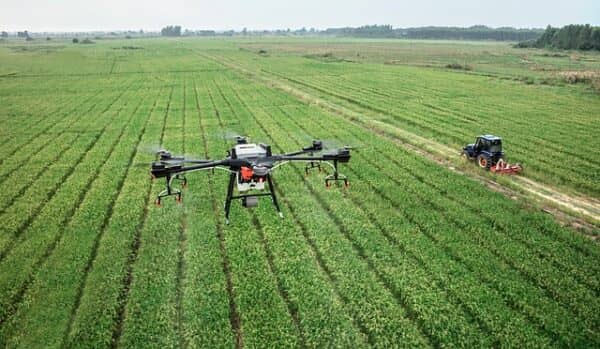
By covering large areas in a fraction of the time, drone sprayers reduce chemical usage, minimize drift, and optimize resource allocation, making them indispensable tools for sustainable crop management.
5. Robotic Milkers
In dairy farming, robotic milkers have transformed the milking process, providing cows with a stress-free and automated experience. These milking robots employ sensors and automated arms to identify, clean, and milk cows with precision and efficiency.
By monitoring milk yield, quality, and cow health in real-time, robotic milkers empower farmers to optimize production, enhance animal welfare, and improve overall farm profitability.
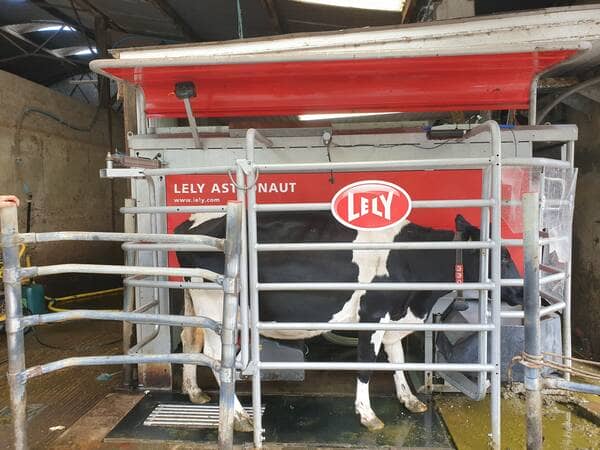
6. Scouting Robots
Scouting robots are the eyes and ears of the farm, tirelessly roaming fields to collect data on crop health, soil moisture levels, and pest infestations. Equipped with an array of sensors, cameras, and GPS technology, these robots provide farmers with valuable insights into field conditions, enabling timely interventions and informed decision-making.
From identifying nutrient deficiencies to detecting early signs of disease, scouting robots play a crucial role in optimizing crop management practices and maximizing yields.
7. Sorting and Packing Robots
Post-harvest, sorting and packing robots streamline the labour-intensive process of handling fruits and vegetables. These robots use computer vision and robotic arms to sort produce based on size, shape, colour, and quality, ensuring uniformity in packaging and presentation.
By automating repetitive tasks such as sorting, grading, and packaging, these robots reduce labour costs, minimize product waste, and enhance overall efficiency in the packing house.
8. Autonomous Soil Monitoring Robots
Soil monitoring robots are the silent observers beneath the surface, analyzing soil composition, moisture levels, and nutrient content with precision and accuracy. Equipped with sensors and probes, these robots collect data on soil health and fertility, providing farmers with insights into nutrient deficiencies, compaction, and irrigation needs.
By optimizing soil management practices, autonomous soil monitoring robots help farmers improve crop yields, conserve water resources, and promote sustainable agricultural practices.
9. Robotic Greenhouse Systems
Greenhouse robots are the guardians of controlled environments, ensuring optimal conditions for plant growth and development. Integrated with climate control systems, irrigation networks, and nutrient delivery systems, these robots automate tasks such as watering, fertilising, and monitoring environmental parameters.
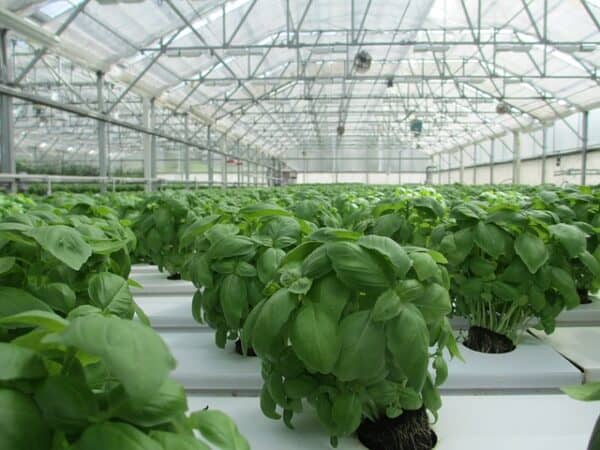
By maintaining precise temperature, humidity, and light levels, robotic greenhouse systems create ideal growing conditions for a wide range of crops, maximizing productivity, and minimizing resource consumption.
The integration of robots into agriculture heralds a new era of productivity, sustainability, and innovation. As technology continues to evolve, so too will the role of robots in shaping the future of farming. Embrace the possibilities, for the fields of tomorrow are ripe with promise and potential.



